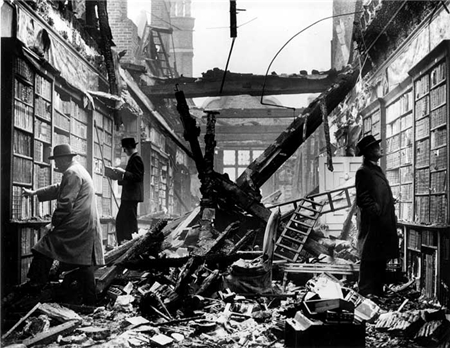
Teaching / Learning as Endless Reconstruction / Deconstruction (Creative Destruction / Destructive Creativity), endless because recursive rather than linear (reading more, rereading what you've already read); Politics / Reading as Play (as the extension or interruption of play)
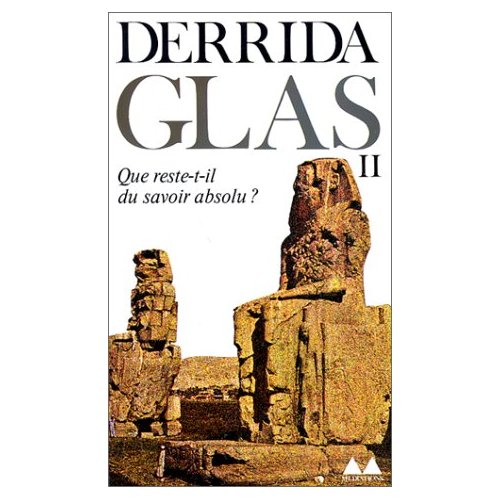
What remains of absolute knowledge? (Hegel after the pyramid.)
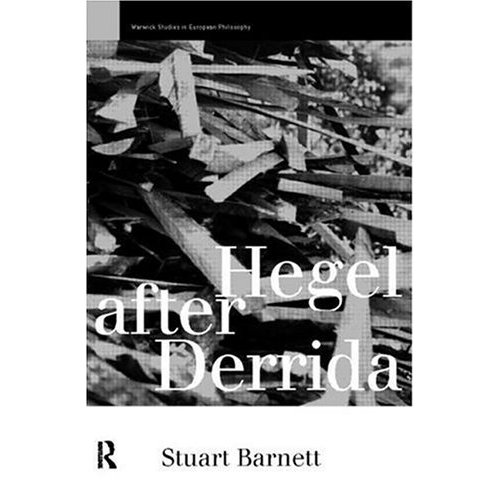
Missing Links:
History leaves destruction in its wake. As we reconstruct history, philosophy, literature or film, we will want to attend to what is
missing (destroyed) as much as and perhaps more than what remains. This means that we will often be reading the readings and films from an oblique angle rather than head on.
For another visual analogue, see this painting by Hans Holbein entitled
"The Ambassadors."
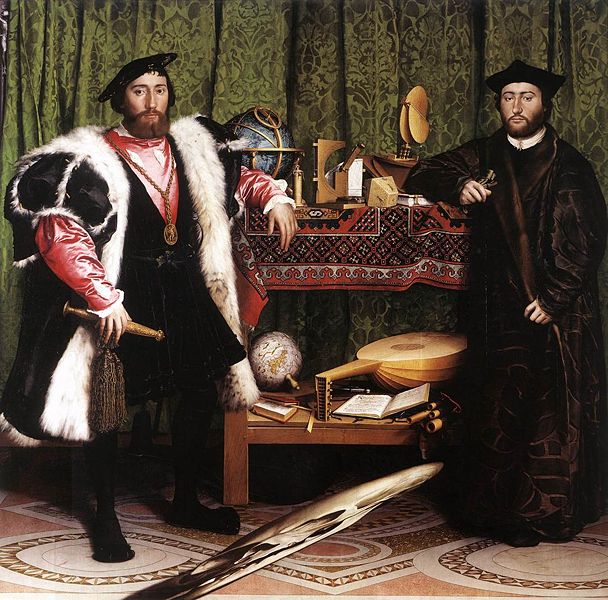
What you missed:
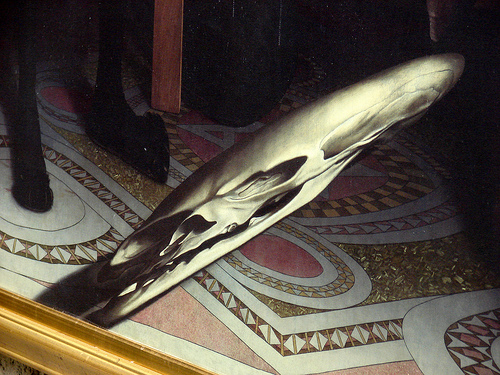 |
 |
And this too (a crucifix behind the curtain in the upper left corner)!
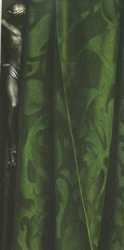
Even if the record is complete, there is still always something missing, even when it's
right in front of your face, as it is here in this painting.
Walter Benjamin also talks about mirrors, and mirrors often appear in Renaisance paintings (not necessarily Baroque) as figures of distortion.
Here is the Arnolfini Portrait executed in 1434 by Jan van Eyck. Notice the convex mirror in the center reflecting the couple in the painting from the backside and a couple outside the painting itself.
Jan Van Eyck, “The Arnolfini Portrait,” 1434, oil on oak, 32.3 x 23.62 in, National Gallery, London a close look
https://www.nationalgallery.org.uk/paintings/jan-van-eyck-the-arnolfini-portrait
|
|
Consider also the "Self-portrait in a Convex Mirror" (c1523-24), Parmigianino (Mannerist)
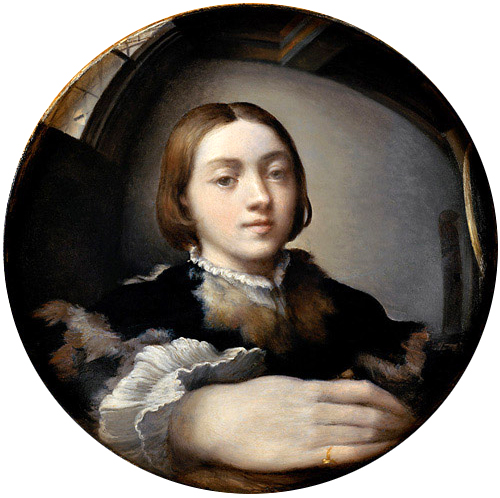 |